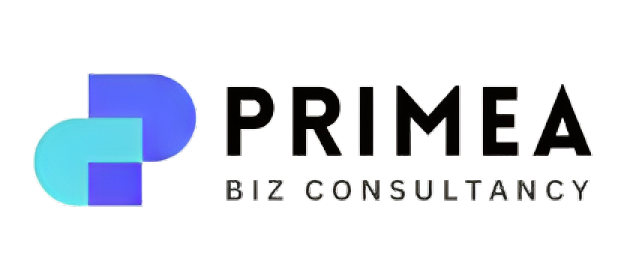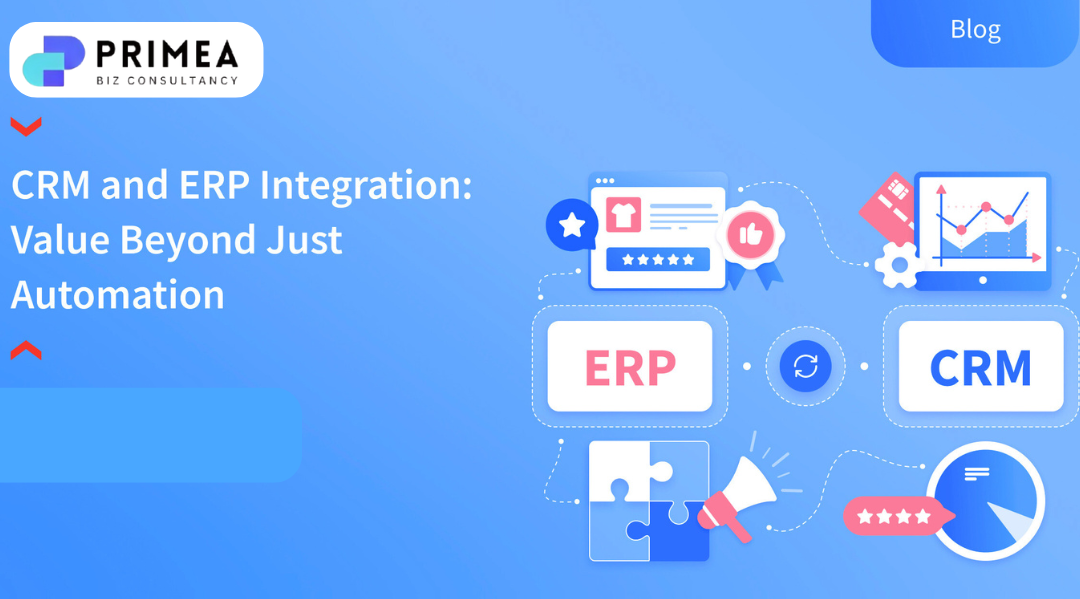ERP and CRM Integration in 2025: Benefits & Best Practices for Businesses
In 2025, businesses are increasingly adopting ERP and CRM integration to streamline operations, improve customer experiences, and drive growth. Combining Enterprise Resource Planning (ERP) and Customer Relationship Management (CRM) systems ensures better data management, efficient workflows, and actionable insights.
This guide explores the benefits of ERP and CRM integration, as well as best practices businesses should follow in 2025.
1. What is ERP and CRM Integration?
ERP systems manage internal business processes, including:
- Inventory management
- Accounting and finance
- Human resources
- Supply chain operations
CRM systems focus on customer interactions, such as:
- Sales tracking
- Marketing automation
- Customer support
- Lead management
Integration connects these two systems, providing a single source of truth across your organization. This allows teams to access real-time data, make informed decisions, and reduce redundancies.
2. Key Benefits of ERP and CRM Integration
- Improved Data Accuracy
Integration eliminates duplicate entries, reduces errors, and ensures consistency across departments. - Enhanced Customer Experience
Sales and support teams can access complete customer information, providing personalized experiences and faster resolution. - Better Decision-Making
With real-time analytics and unified reporting, management can make data-driven decisions. - Operational Efficiency
Processes like order fulfillment, invoicing, and inventory management are automated, saving time and resources. - Sales and Marketing Alignment
CRM insights help ERP-driven operations anticipate demand, plan production, and optimize inventory.
In fact, businesses that integrate ERP and CRM often see a significant increase in productivity and revenue growth.
3. Best Practices for ERP and CRM Integration in 2025
1. Define Clear Objectives
Identify the goals of integration, whether it’s improving customer service, streamlining operations, or generating insights.
2. Choose Compatible Systems
Select ERP and CRM systems that offer native integrations or support third-party connectors.
3. Focus on Data Quality
Clean and standardize data before integration to avoid errors and improve system performance.
4. Automate Key Workflows
Automate processes such as lead-to-order, invoice generation, and customer communication.
5. Train Your Teams
Ensure employees understand how to use the integrated system effectively to maximize ROI.
6. Monitor & Optimize
Regularly track KPIs, performance, and system efficiency. Optimize processes based on analytics.
4. Challenges to Keep in Mind
- Complex Implementation: Integration can be technically challenging and may require expert help.
- Cost Considerations: ERP and CRM integration may involve software, licensing, and consulting costs.
- Data Security: Ensure that integrated systems comply with data protection regulations.
However, careful planning and using best practices can overcome these challenges.
5. Future Trends in ERP and CRM Integration
In 2025, businesses should expect:
- AI-powered insights: Predictive analytics and automated recommendations
- Cloud-based integration: Real-time access from anywhere
- Mobile accessibility: Teams can access ERP and CRM data on-the-go
- IoT & Big Data integration: Smarter operations and customer insights
6. Conclusion
ERP and CRM integration in 2025 is no longer optional—it’s a strategic necessity. By combining internal operations and customer data, businesses can achieve better efficiency, higher customer satisfaction, and stronger decision-making.
Furthermore, Primea Biz can help your organization implement seamless ERP and CRM integration, ensuring maximum ROI and business growth in the digital era.



